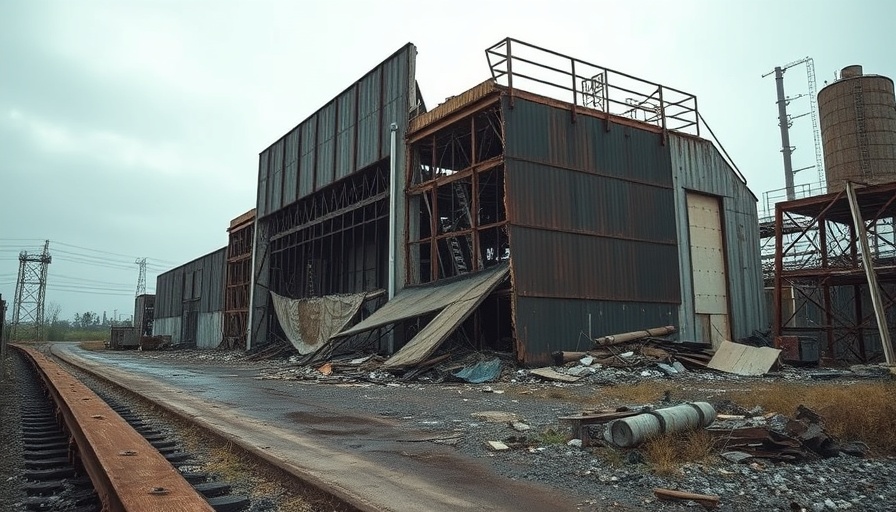
Understanding the Corporate Impacts of Natural Disasters
America’s drug supply chain faces unprecedented risks from climate change, especially evident after Hurricane Helene wreaked havoc in North Carolina. This event wasn’t just a local disaster; it sent ripples across the country, affecting hospitals and patients dependent on essential intravenous solutions manufactured at the affected Baxter International facility. The aftermath saw hospitals rationing supplies, altering treatment protocols, and in some cases, delaying surgeries. With over 86% of healthcare providers reporting disruptions, the implications were staggering.
Where Are America’s Drug Facilities Located?
According to a recent study led by Harvard researchers, over 60% of drug manufacturing sites in the U.S. are located in regions prone to severe weather events. This precarious positioning raises alarms as climate change continues to escalate the frequency and severity of such disasters. When natural disasters hit, the consequences can be severe: production halts, supplies dwindle, and the ripple effect threatens patient care nationwide. In 2024, prior to Hurricane Helene, drug shortages had already reached an all-time high, highlighting a systemic vulnerability exacerbated by climate events.
Forecasting Future Drug Shortages
As climate patterns continue to shift, health forecasts indicate that the situation will likely worsen. The prevalence of drug shortages, which peaked at 323, has recently stabilized, yet there were still 253 shortages reported in early 2025. So, how can stakeholders better prepare for these disruptions? Implementing stronger contingency plans could be crucial for manufacturers and healthcare institutions alike.
Insights on Improving the Supply Chain
Moving forward, healthcare leaders and policymakers must collaborate to develop resilient supply chains. Investing in facilities outside disaster-prone areas, diversifying sources of critical supplies, and enhancing transportation and logistics capabilities can mitigate risks associated with drug shortages. Furthermore, stakeholders may need to advocate for clear government policies aimed at protecting essential drug manufacturing from climate-related disruptions.
The Psychological Impact of Drug Shortages
The mental health ramifications of such supply crises can be profound, particularly for patients who depend on specific medications for their daily health and wellness. Uncertainty around drug availability can foster anxiety and stress among patients and healthcare providers alike. Therefore, addressing these human aspects is as critical as implementing logistical fixes.
Call to Action for Healthcare Professionals and Policymakers
The spotlight is on healthcare professionals, manufacturers, and policymakers to take proactive measures against this impending crisis. By fostering sustainable practices and actively addressing the threats posed by climate change on critical health supplies, we can avert future catastrophes. It is imperative to reframe our strategies to prioritize not only effective treatments but also the very infrastructure that delivers them reliably. Join the conversation about creating actionable systems and resilient patterns to ensure a secure drug supply chain for all.
 Add Row
Add Row  Add
Add 




Write A Comment